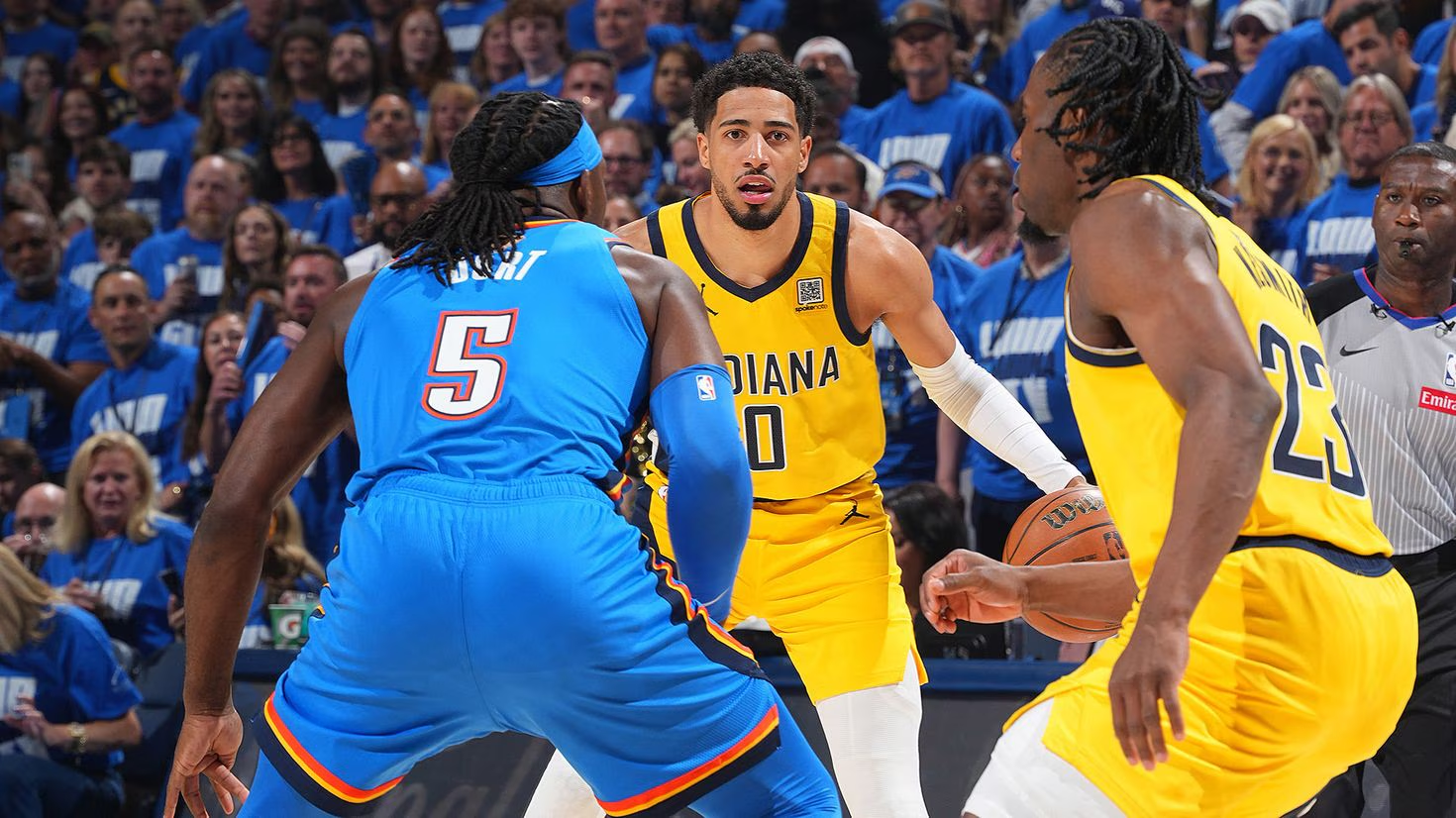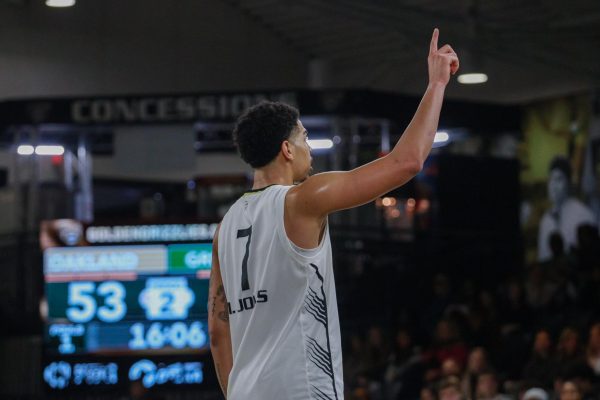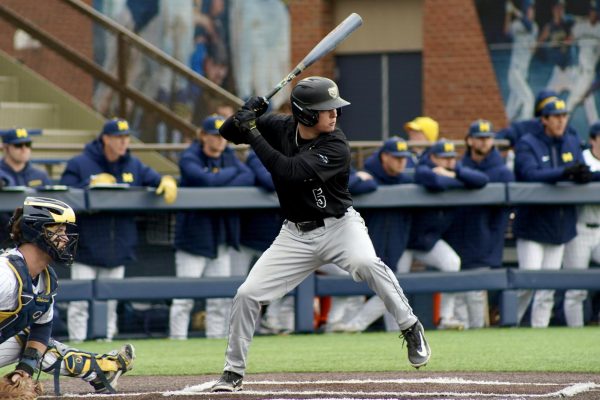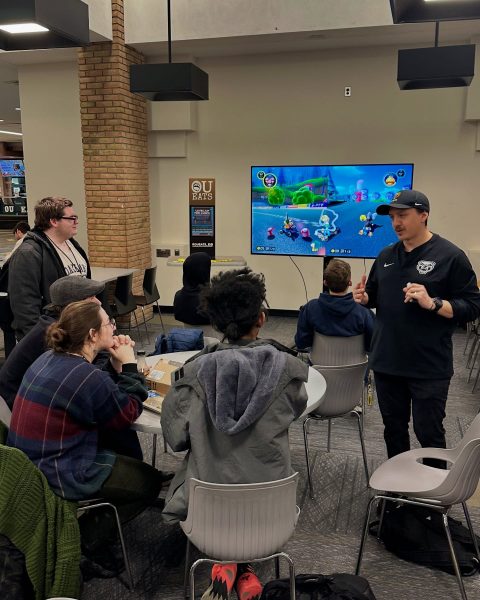Paying college athletes to play: No, thank you
Yahoo! Sports’ investigated a report on University of Miami booster Nevin Shapiro’s involvement of giving out thousands of benefits to around 72 student athletes between 2002 through 2010.
The report showed that Shapiro estimates benefits totaled in the millions of dollars were given out during his time with the Hurricane athletic department along with prostitutes, paid trips, jewelry, bounties for on-field performance and on one occasion, an abortion, were some of the services provided by the booster.
This incident brings up another issue in the already controversial sport of college athletics: should student athletes get paid outside of their NCAA approved benefits?
In my opinion, to put it quite simply: no.
Even though I have not participated in any athletics here at Oakland University, I’m well aware of the cost of an education without a scholarship.
With the rising cost of tuition, it seems that we forget that a scholarship no matter where you go, is a gift, especially one that not everyone, student-athletes included, have the luxury of receiving. The fact that many in the media are downplaying what an education from a major university means in the long run, considering that not every athlete goes pro, is ridiculous.
According to the NCAA, less than 2 percent of college football players, and 1.2 percent of men’s basketball players go professional.
There are some possible problems with considering the possibility of a pay-to-play policy.
There would be equal pay across the board. Every student athlete, no matter what the sport, would have to receive equal compensation. That means the starting senior quarterback would get the same as the back-up kicker.
Title IX would clash with pay- to-play. With Title IX, universities has to provide equal number of scholarships in both men and women sports. If pay-to-play were enacted, many universities would have run into conflicts with these non-revenue produc- ing sports. Cutting certain sports would surely follow.
Pay-to-play affects mid-majors in a significant way by shifting the competitive balance.. The advantage of major universities offering extra benefits would create a rift in recruiting in many programs be- cause of the lopsided revenue between the big and small universities. According to NCAA financial reports, University of Texas receives $3,273,727 in contributions to their men’s basketball program, while Oakland’s men’s basketball program receives $39,764.
Almost all universities in the state of Michigan are raising tuition due to reduced state funding. The perception of extra money for athletes would create conflict with the student body, faculty, and various academic departments.
There are many more issues that could arise, but is an extra couple thousand dollars worth it?
Revision of NCAA policies are needed, don’t get me wrong. The current NCAA rules are outdated because times are much different, but pay-to-play should be the last change discussed
If you start paying student athlete benefits, the honor in representing an institution or for the love of the game is meaningless and college athletics become just another minor league, more so than they already are.






